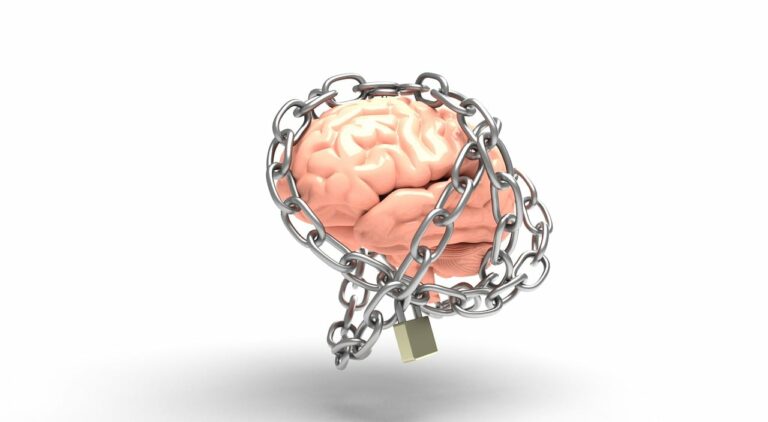Recognizing the Signs of Social-Emotional Challenges in At-Risk Youth
Gold365, Gold 365: Recognizing the signs of social-emotional challenges in at-risk youth is crucial for early intervention and support. At times, these challenges may manifest as behavioral issues, such as frequent outbursts or withdrawal from social interactions. Additionally, changes in academic performance or sudden shifts in mood can also be indicators of underlying social-emotional struggles. It is important for educators and caregivers to remain observant and responsive to such signs, as addressing these challenges promptly can prevent further escalation and support the well-being of at-risk youth.
Furthermore, physical symptoms such as headaches, stomachaches, or fatigue can also be red flags for social-emotional difficulties in at-risk youth. These symptoms may arise from the stress and anxiety associated with navigating challenging circumstances. Additionally, persistent feelings of hopelessness or worthlessness should not be overlooked, as they can signal more profound emotional struggles. By proactively recognizing and addressing these signs of social-emotional challenges in at-risk youth, caregivers and educators can create a supportive environment that fosters growth and resilience in these vulnerable individuals.
Building Trust and Rapport with At-Risk Youth
Establishing trust and rapport with at-risk youth is essential for fostering positive relationships and supporting their social-emotional well-being. When working with this vulnerable population, it is crucial to demonstrate genuine care and empathy towards their circumstances. Listening actively without judgment and showing understanding can help build a foundation of trust that is crucial for their growth and development. By creating a safe space where they feel heard and valued, at-risk youth are more likely to open up and engage in the therapeutic process.
Moreover, consistency and reliability play a significant role in building trust with at-risk youth. Being predictable in your actions and communication helps them feel secure and supported. It is important to follow through on promises and commitments, as this shows that you are dependable and reliable. Building trust is a gradual process that requires patience and understanding, but the rewards of a strong and trusting relationship with at-risk youth are invaluable for their well-being.
• Building trust and rapport with at-risk youth is crucial for fostering positive relationships
• Demonstrating genuine care and empathy towards their circumstances is essential
• Listening actively without judgment helps build a foundation of trust
• Creating a safe space where they feel heard and valued encourages engagement in the therapeutic process
Furthermore, consistency and reliability are key factors in establishing trust with at-risk youth. Being predictable in actions and communication makes them feel secure and supported. Following through on promises and commitments demonstrates dependability and reliability. While building trust takes time, patience, and understanding, the benefits of a strong relationship with at-risk youth are invaluable for their well-being.
Creating a Safe and Supportive Environment for At-Risk Youth
To create a safe and supportive environment for at-risk youth, it is essential to establish clear and consistent boundaries. Setting boundaries helps to create a structured and predictable environment, which can instill a sense of security and stability for these individuals. By enforcing boundaries consistently and fairly, at-risk youth can learn what is acceptable behavior and what is not, leading to a more harmonious and safe environment for all.
In addition to setting boundaries, providing positive reinforcement and praise can significantly contribute to creating a safe and supportive space for at-risk youth. Acknowledging their strengths and efforts through praise and encouragement can boost their self-esteem and motivation. This positivity can foster a sense of belonging and worth, ultimately promoting a more nurturing environment where at-risk youth feel valued and supported in their growth and development.
What is Gold365 and how does it relate to creating a safe and supportive environment for at-risk youth?
Gold365 is a program that aims to provide consistent support and resources to at-risk youth on a daily basis, ensuring they have access to the help they need at all times.
How can recognizing the signs of social-emotional challenges in at-risk youth benefit their overall well-being?
By recognizing these signs early on, caregivers and support systems can intervene and provide the necessary support and resources to help at-risk youth overcome their challenges and thrive.
Why is building trust and rapport important when working with at-risk youth?
Building trust and rapport with at-risk youth is crucial as it creates a safe and supportive environment where they feel comfortable opening up about their struggles and seeking help when needed.
What are some practical ways to create a safe and supportive environment for at-risk youth?
Some practical ways include providing a non-judgmental space for them to express themselves, offering consistent support and resources, and creating a sense of belonging and community for them to feel connected and supported.





